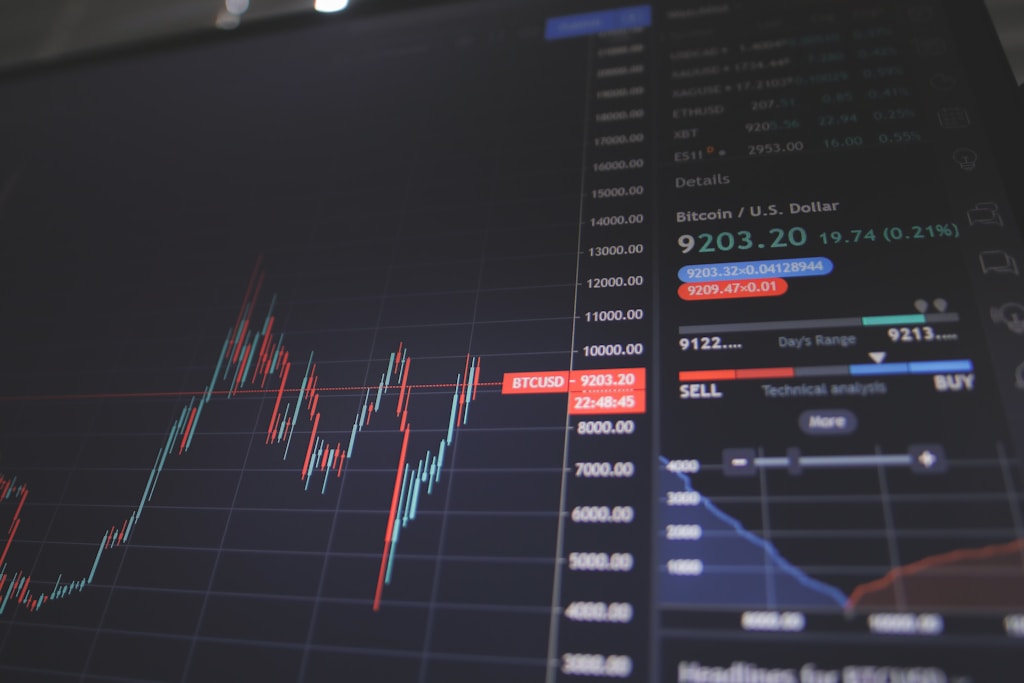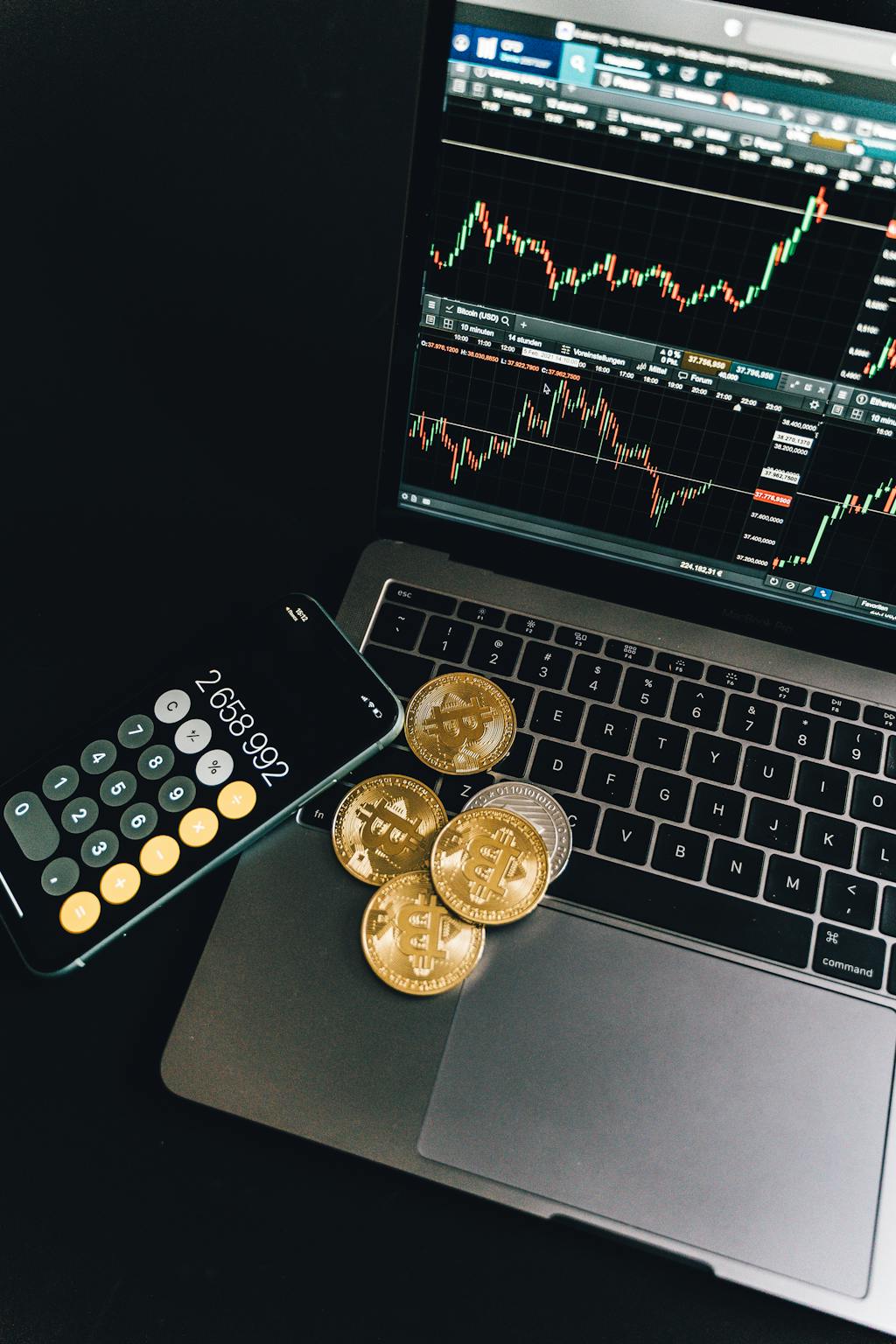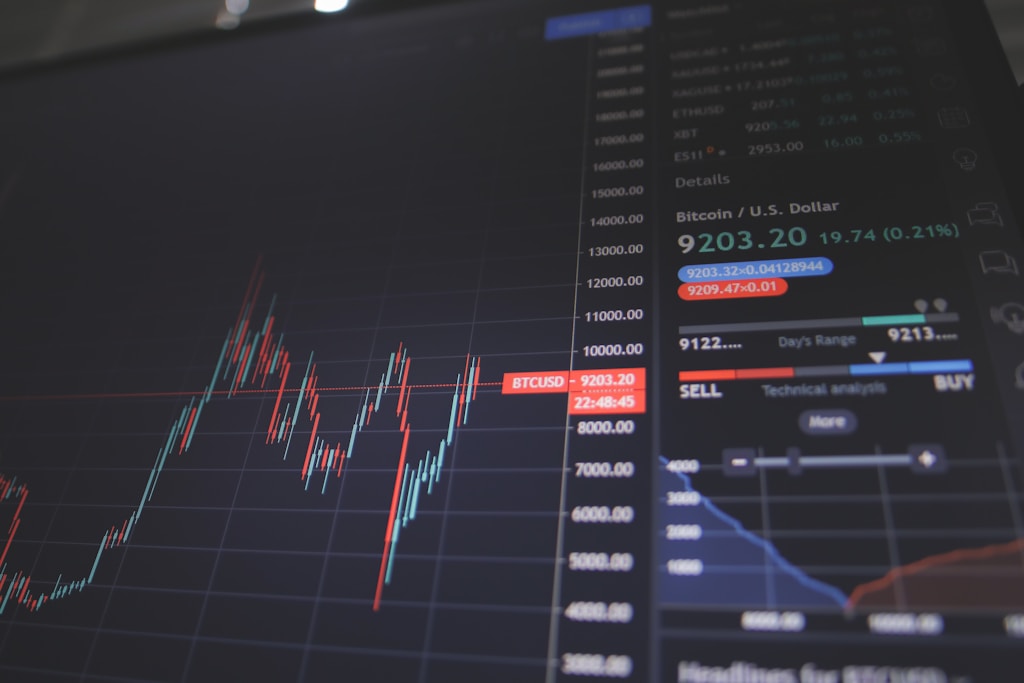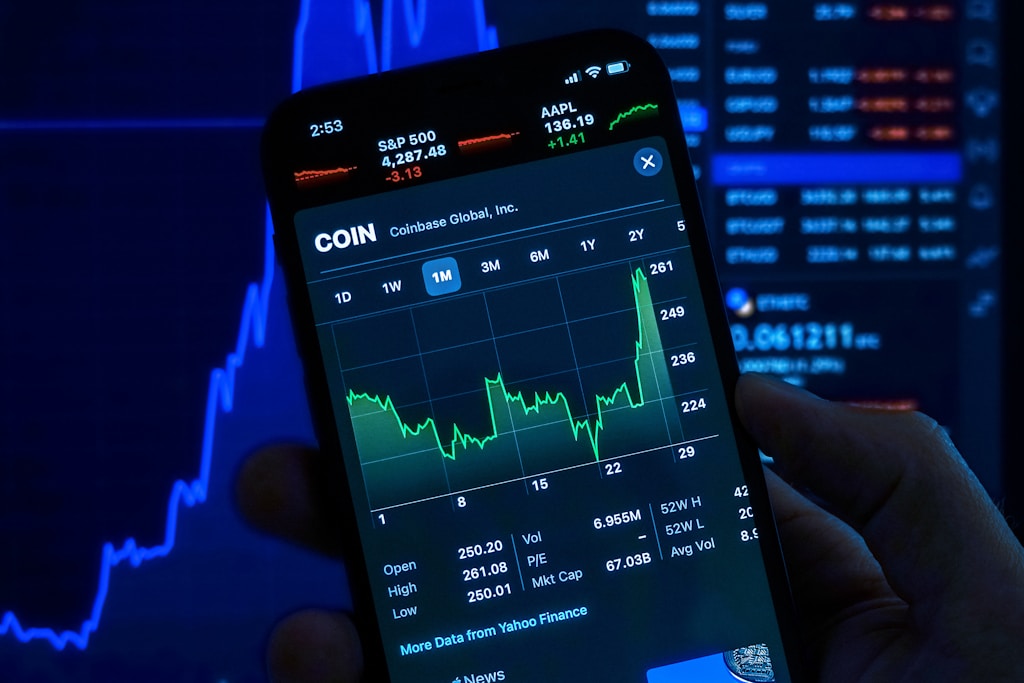North Carolina lawmakers are making a bold move into the cryptocurrency space with new legislation that could allow up to 5% of public retirement funds to be invested in digital assets. This development comes as institutional adoption of crypto continues to grow, marking a significant shift in public fund management strategy.
Key Points of the North Carolina Crypto Investment Bills
- House Bill 506 and Senate Bill 709 introduced March 24-25, 2025
- Creation of North Carolina Investment Authority proposed
- Maximum 5% allocation to digital assets permitted
- Includes investments in Bitcoin, stablecoins, and NFTs
Investment Framework and Security Measures
The Investment Modernization Act establishes comprehensive guidelines for crypto investments while prioritizing security and risk management. Unlike traditional investment frameworks, this legislation takes a more flexible approach to asset selection.
Comparison with Other State Initiatives
North Carolina’s approach differs significantly from other states:
| State | Approach | Investment Cap |
|---|---|---|
| North Carolina | Flexible Authority | 5% |
| Florida | Similar Framework | Varies |
| Texas | Mandated Reserve | Fixed Amount |
Market Impact and Future Outlook
This legislative initiative could significantly impact institutional crypto adoption, potentially influencing other states to follow suit. The careful balance between innovation and risk management demonstrates a maturing approach to digital asset investment.
Frequently Asked Questions
What assets can the fund invest in?
The legislation permits investment in cryptocurrencies, stablecoins, NFTs, and other blockchain-based assets.
Is there a minimum investment requirement?
No minimum investment is specified; the authority has discretion within the 5% cap.
How will assets be secured?
The legislation mandates secure custody solutions to protect against cyber threats and theft.
While the bills represent a significant step forward, they still require further legislative approval and potential congressional oversight before implementation. The outcome could set a precedent for public fund cryptocurrency investment across the United States.







